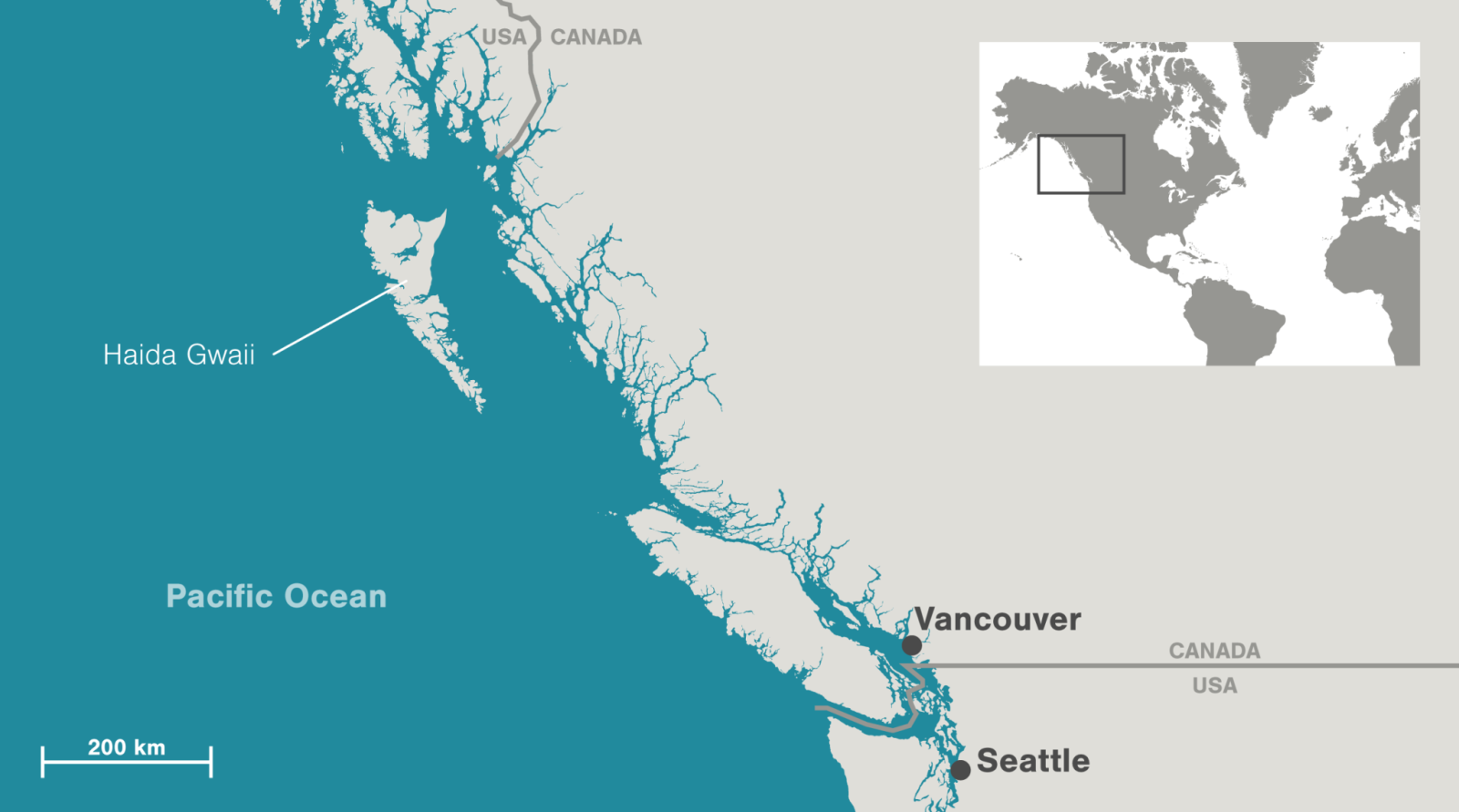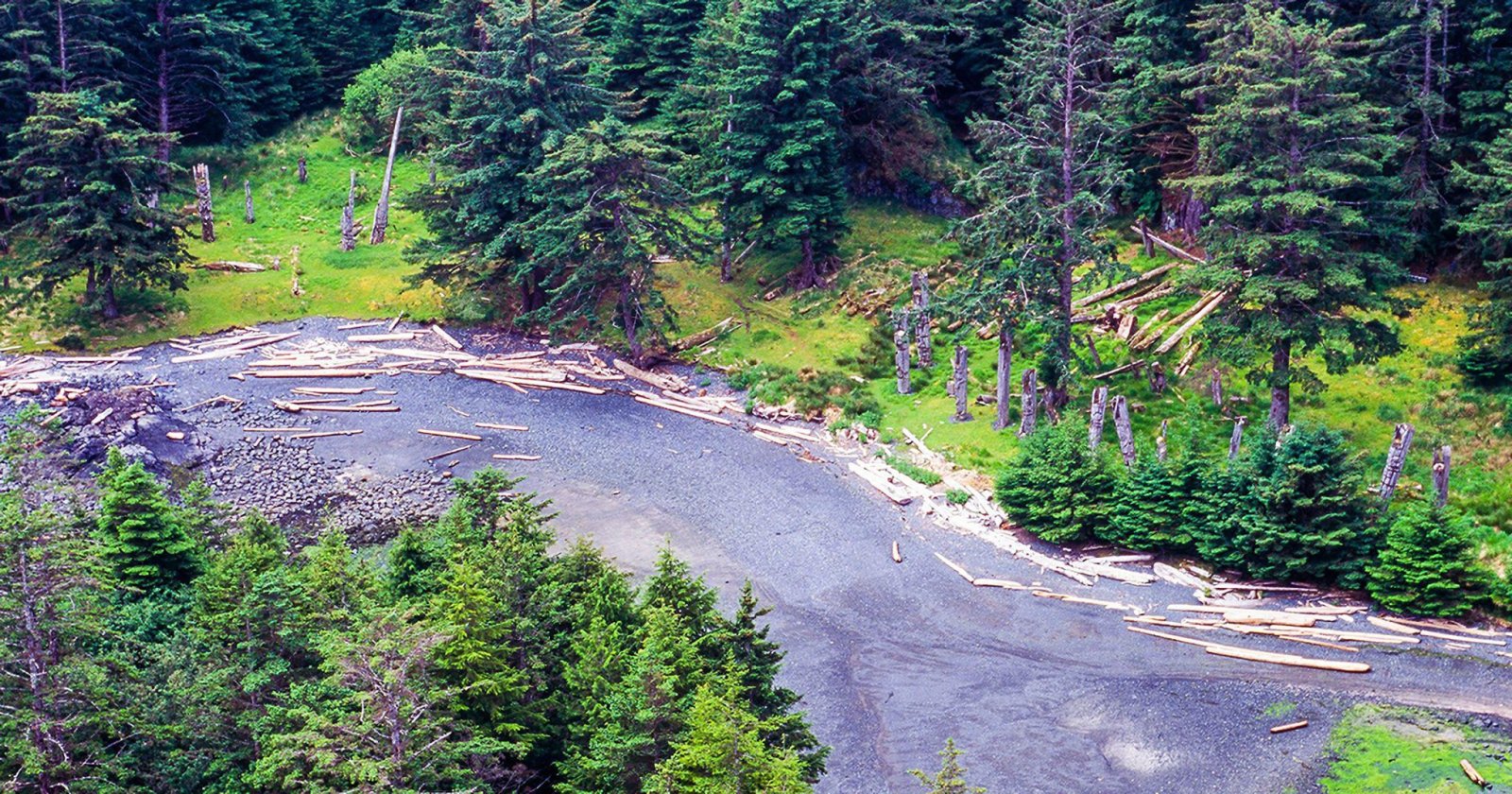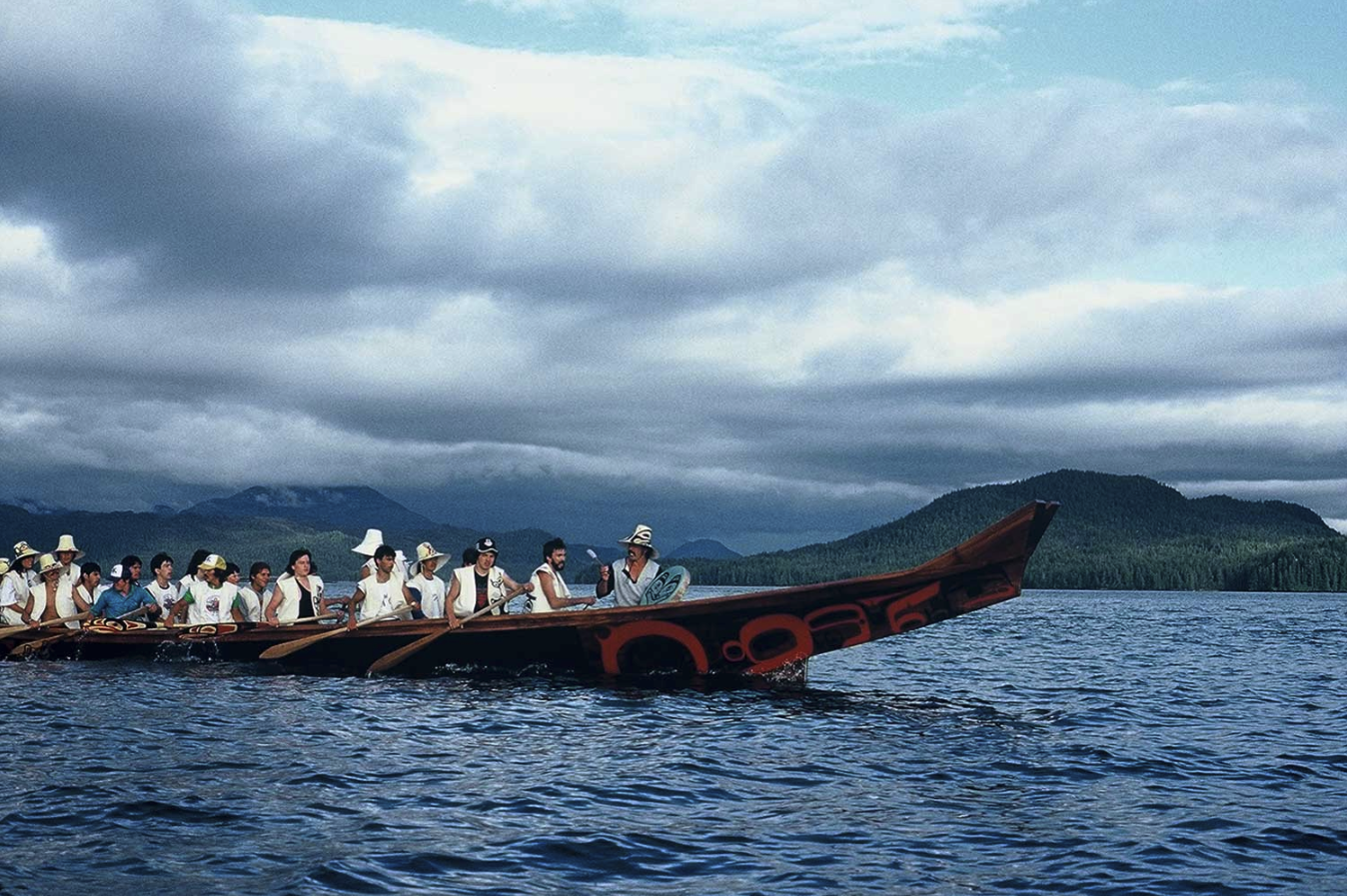This story was originally published by Hakai Magazine and appears here as part of the Climatic desk collaboration.
Twenty years ago, Geoff Plant, then-attorney general of British Columbia, made an offer to the Haida Nation. Many West Coast First Nations, including the Haida, had never signed treaties with the Canadian government ceding their traditional lands or resources, and Plant was trying to revive the faltering treaty-making process. He wanted to soften relations with indigenous people, but he also wanted to help the province extract more resources from indigenous lands. To appeal to the Haida, a nation known throughout Canada for their political astuteness and determination, he had what he thought was a bold bargaining chip.
Like many other officials, Plant viewed the British Columbia government as the clear owner of provincial lands, including those of the Haida Gwaii Archipelago: 10,000 square kilometers of forested islands located approximately 650 kilometers northwest of Vancouver, British Columbia, and The home of the Haida for at least the last 13,000 years..

So here was Plant’s argument: the British Columbia government would give the Haida control of 20 percent of their land, but that would require the nation to relinquish control. a title case had recently filed before the Supreme Court of British Columbia. Qualification refers to the inherent right to possess and manage indigenous territories based on traditional use and occupation. The Haida maintained that their territory included the entire land surface of the archipelago, as well as the surrounding airspace, seabed, and marine waters.
The Haida saw Plant’s offer right to the door.
“Why would we give up 80 percent of our land to get 20 percent?” Gidansda (Guujaaw), then-president of the Haida Nation Council, told the media at the time. “This case is about respect for the Earth and for each other. “It’s about culture and it’s about life.”
The Haida’s steadfastness paid off. Although Haida leaders have kept a potential court case in their back pocket all these years to take advantage of, they ultimately haven’t needed it. In April 2024, the Haida Nation and the province of British Columbia announced the Haida Title Land Agreement “Rising Tide” Gaayhllxid/Gíihlagalgang. In it, the government of British Columbia formally recognizes the Haida ownership of all the lands of Haida Gwaii. This is the first time in Canadian history that the colonial government recognized indigenous title over an entire land territory, and it is the first time that this type of recognition has occurred outside of the courts. Experts say it marks a new path toward indigenous reconciliation.
“It’s really innovative,” says John Borrows, a member of the Chippewas of the Nawash First Nation and an Indigenous law expert at the University of Toronto in Ontario. Although Indigenous title is widely considered an inherent right that does not need to be granted by an outside government or court, Borrows says, First Nations struggle to enforce it without legal backing. And so far, only two courts in Canada have recognized indigenous title.
On the coast of British Columbia, the Haida take back their lands. #BCPoli #HaidaNation #HaidaGwaii #HaidaAboriginalTitle #RisingTide

In 2014, the Supreme Court of Canada confirmed the title of the Tŝilhqot’in Nation in the interior of British Columbia, and in mid-April 2024, the Supreme Court of British Columbia confirmed it for the coast. Nuchatlaht First Nation. However, neither ruling recognizes title to an entire traditional territory, and since the 1970s, Canadian courts have urged the federal and provincial governments to resolve such differences through negotiations. Now, with the United Nations Declaration on the Rights of Indigenous Peoples and growing public support on their side, the Haida and the province have finally done just that.
Gaagwiis (Jason Alsop), president of the Haida Nation Council, says the agreement ends a dark chapter in his nation’s history with the provincial government and provides a fair starting point for real reconciliation.
“What it means,” says Gaagwiis, “is a new foundation based on Yah’guudangor respect, to recognize this inherent title that preexisted [European contact] and will continue to exist as a base in the future. And, essentially, the province is giving up its right to this land.”
The new agreement will soon be enshrined in British Columbia law, naming the Haida as the rightful owners of the more than 200 islands of Haida Gwaii, which they have been managing for millennia. After a two-year transition period, the Haida Nation will manage 98 percent of its archipelago that was previously considered Crown land, including protected areas and other forested lands. Have more say over the logging industry, which has cut down more than two-thirds of the islands’ primary forests since 1950, has been the focus of Haida’s title fight from the beginning. The agreement will not affect private property or municipal and provincial services, from roads to hospitals, which will continue to be regulated by the province.
“The idea that each legal system recognizes the other is a game changer,” Borrows says. “It is also radically democratic and participatory.” This marks a new type of relationship, one that can take advantage of the best of Haida and Western influences, he adds. And unlike a treaty or judicial decision, which are more set in stone, this approach requires ongoing negotiation that can adapt and evolve with the times.
“It can keep people at the table, learning and working together and trying to find a path to mutuality,” Borrows says.
Canada’s federal government is notably absent from the agreement for now. Both the province and the Haida Nation say their federal partners were delayed by procedural limitations, but they plan to sign eventually. (The feds were part of two other agreements: a reconciliation framework and a haida recognition governance – that led to the recognition of this title).
Gaagwiis says the Haida are also still negotiating with Canada over their rights to control the waters around Haida Gwaii, which fall under the jurisdiction of the federal government. These waters, teeming with shellfish, herring, sea cucumbers, five types of salmon and more than 20 species of whales, dolphins and porpoises, are not included in the land agreement, but are paramount to the coastal First Nation and are a key part . of your overall title statement.

If marine areas or any other outstanding issues, such as financial compensation for past damages, cannot be resolved through negotiation, the courts remain an alternative. The Haida Nation’s 20-year-old title claim, which has not been tried in court, could still be heard as early as 2026.
While Indigenous peoples in Canada and abroad hail this land title agreement as inspiring and precedent-setting, Murray Rankin, British Columbia’s Minister of Indigenous Relations, says the Haida’s unique circumstances made the process difficult. most successful.
“Haida Gwaii is not downtown Vancouver,” Rankin says. It is a remote territory where the provincial government controlled the vast majority of the land, which is primarily protected and unprotected forest, as opposed to an urban environment made up primarily of private properties. The population of Haida Gwaii is 45 percent Haida. The Haida Nation Council, which represents the Haida people, has a 20-year-old Constitution, agreements with all local municipalities and broad support from non-indigenous residents. And they have been on better terms with the provincial government since 2009, when they debated the Kunst’aa guu-Kunst’aayah reconciliation protocol (which translates as “the beginning”).
Of course, they also have a strong historical claim to the archipelago, complete with extensive archaeological evidence. And unlike other indigenous communities whose territories overlap, the Haida Nation does not have to deal with competing land claims. A 2002 decision by the BC Court of Appeal In a forestry lawsuit, he described these facts as “unavoidable.”
All of this has created ideal conditions for negotiation that may elude other Indigenous communities, such as the Cowichan Nation on British Columbia’s southern coast, which is currently fighting the province in court over its own title claim. However, the province says it prefers negotiation. This is partly because court rulings are not only costly but often opaque, Rankin says. “Wait [the Haida agreement] It is a step towards other types of positive resolutions,” he adds.
Perhaps unexpectedly, the provincial government’s marked change is welcomed by Geoff Plant, the former attorney general who once offered the Haida 20 per cent of their land. Plant now works for a Vancouver-based law firm and spends a lot of time in meeting rooms trying to convince business owners of the benefits of recognizing indigenous title; He says doing so creates greater commitment, harmony and certainty. And now he recognizes how flawed the government’s previous approach was, which he likens to building and defending a wall between the province (which he once referred to as the landowner) and the First Nations. “In hindsight, it’s clearer what’s wrong with that,” Plant says.
Indigenous leaders in Canada and around the world have helped society confront the injustices that Indigenous communities have faced, and power, public opinion and legal precedents have changed in response. “We should see it, collectively, as an opportunity to build a better society,” Plant says. “Let’s figure out how to work constructively within that world instead of pretending it doesn’t exist.”
The provincial wall may not have completely collapsed, but the tide is rising against it. And at least on Haida Gwaii, a colonial government is no longer lord of the land.
